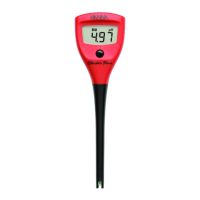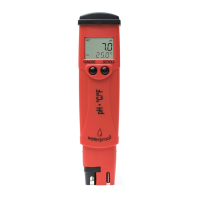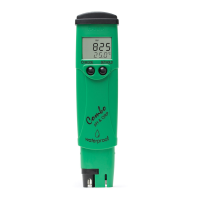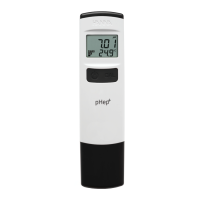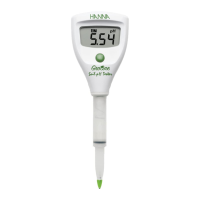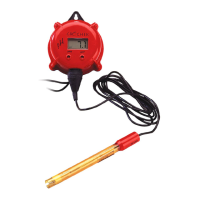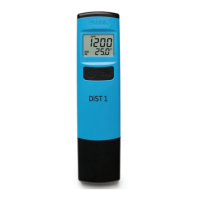15
TITRATION THEORY
3 INTRODUCTION TO TITRATION APPARATUS AND TYPICAL
TITRATION PROCEDURE
3.1 Manual Titration
Apparatus required for manual titration include:
• Volumetric Burette, for precisely controlled delivery of titrant to the reaction vessel
• An Erlenmeyer, or similar flask, that facilitates constant mixing or swirling required to
ensure solution homogeneity
• Volumetric pipettes for the precise addition of samples and indicator solutions
• Titrant solutions of known concentration
• A visual or instrumental indicator for detecting the completion of the reaction
A typical manual titration consists of the following steps:
1. A volumetric pipette is typically used to add a known volume of sample to the flask
2. An indicator solution or instrument probe is added to the flask
3. A burette is used to measure the addition of titrant to the flask and dispense titrant in
a controlled manner
4. Titrant is added via the burette until the method indication signals the reaction endpoint
5. The concentration of analyte is calculated based on the concentration and volume of
titrant required to reach the endpoint
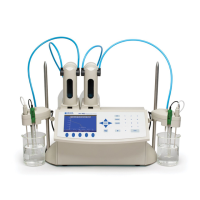
